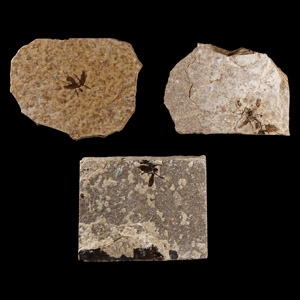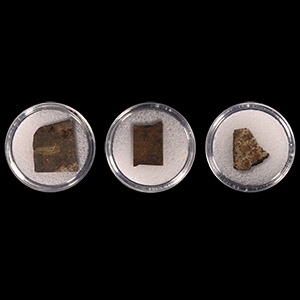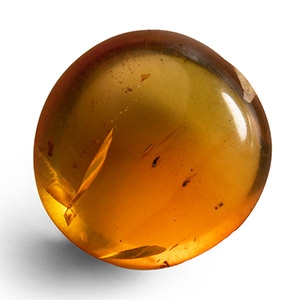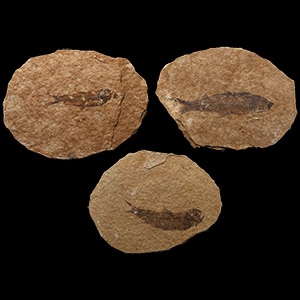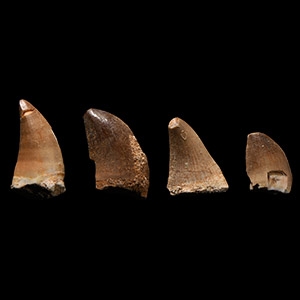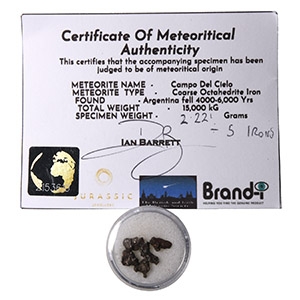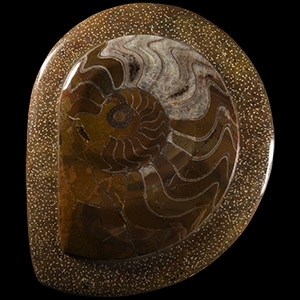Home > Auctions > 23 - 27 May 2023
Ancient Art, Antiquities, Natural History & Coins
Auction Highlights:
Acquired 1990s-early 2000s.
East Anglian private collection.
Collected between 1930 and 1960.
From the collection of the palaeontologist R Gledhill.
From a Lincolnshire, UK, collection.
UK collection since the 1990s.
Property of a Sussex, UK, teacher.
Ex private collection of a Shropshire, UK, gentleman, 1990s.
From the Green River Formation, south western Wyoming, U.S.A.
Collected between 1930 and 1960.
From the collection of the palaeontologist R Gledhill.
Found North West Africa.
Property of a Sussex, UK, teacher.
Accompanied by a certificate of authenticity from Stardust Meteorites.
Ex private UK collection formed in the 1980s.
From a Lincolnshire, UK, collection.
Private UK collection formed in the 1980s.
From Chaco Province, Argentina, found 1576.
Ex Ian Barrett.
Accompanied by an Ian Barrett certificate of Meteoritical authenticity no.2153610.
See Graham, Bevan and Hutchison., Catalogue of Meteorites, Natural History Museum, 1985, p.88, for details of this fall.
A crater field of roughly 26 craters was found in the vicinity of this crater, which is estimated to date to 4-5 thousand years BP. The age of the meteorite itself is thought to be c.4.5 billion years, formed as part of the development of this solar system. The largest two fragments, the 30.8 ton Gancedo and 28.8 ton El Chaco, are among the heaviest meteorite masses ever recovered on Earth. In 1576, the governor of a province in Northern Argentina commissioned the military to search for a large mass of iron, which it was believed the local people claimed had fallen from the sky and which they used for their weapon production. The expedition discovered a large mass of metal which was assumed to be an iron mine and brought back a few samples, which were described as being of unusual purity. Following the legends, in 1774 Don Bartolomé Francisco de Maguna rediscovered the iron mass. He himself did not believe that the stone had fallen from the sky and assumed that it had formed by a volcanic eruption. However, he sent the samples to the Royal Society of London. In 1990 it became protected by law.
From a Cambridgeshire, UK, collection.
1861 - 1872 of 2508 LOTS

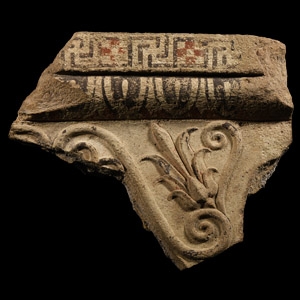
.jpg)


.jpg)
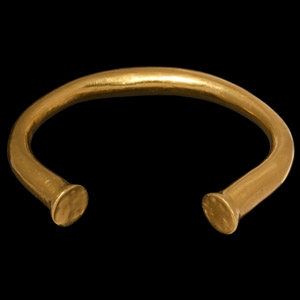
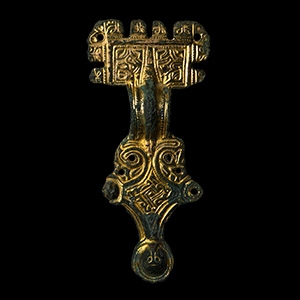

.jpg)
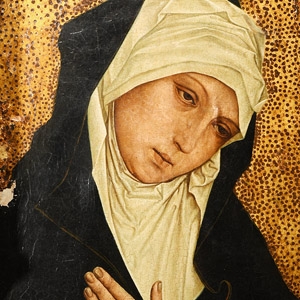

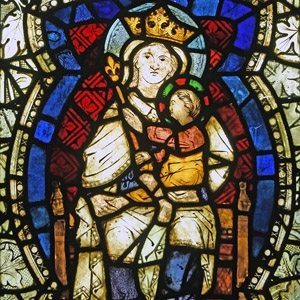
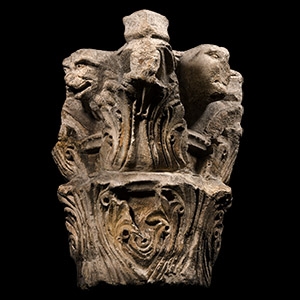
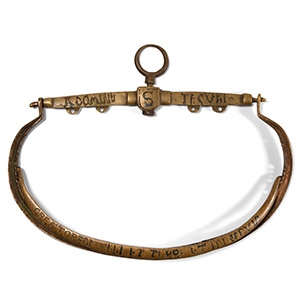
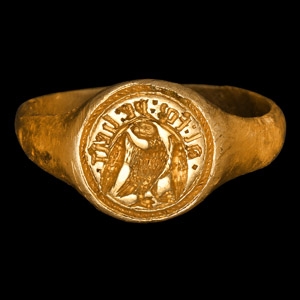
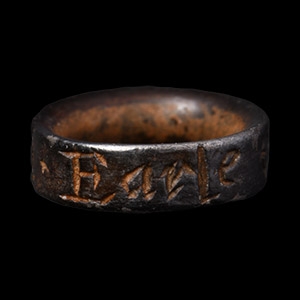
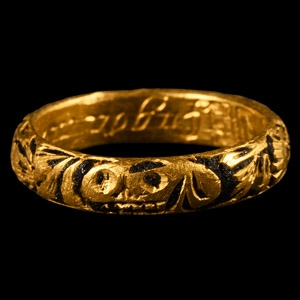
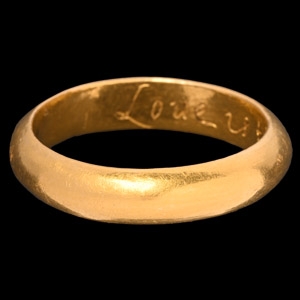
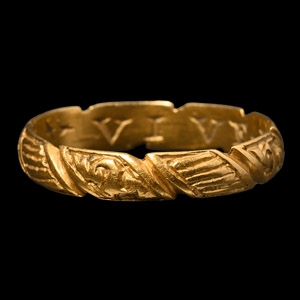
![English Milled Coins - George VI - 1937 - Cased RM Proof Coronation Gold Set [4] English Milled Coins - George VI - 1937 - Cased RM Proof Coronation Gold Set [4]](https://timelineauctions.com/upload/images/items/small/203351-s(2).jpg)
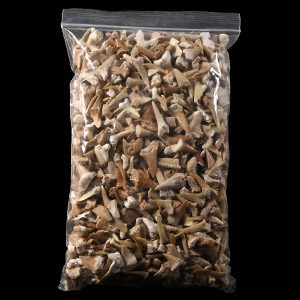
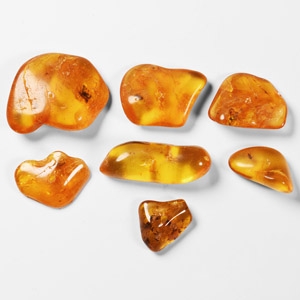
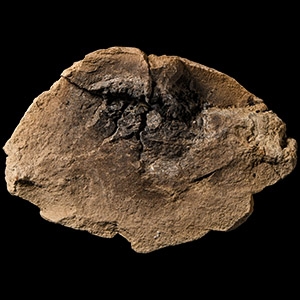

.jpg)
